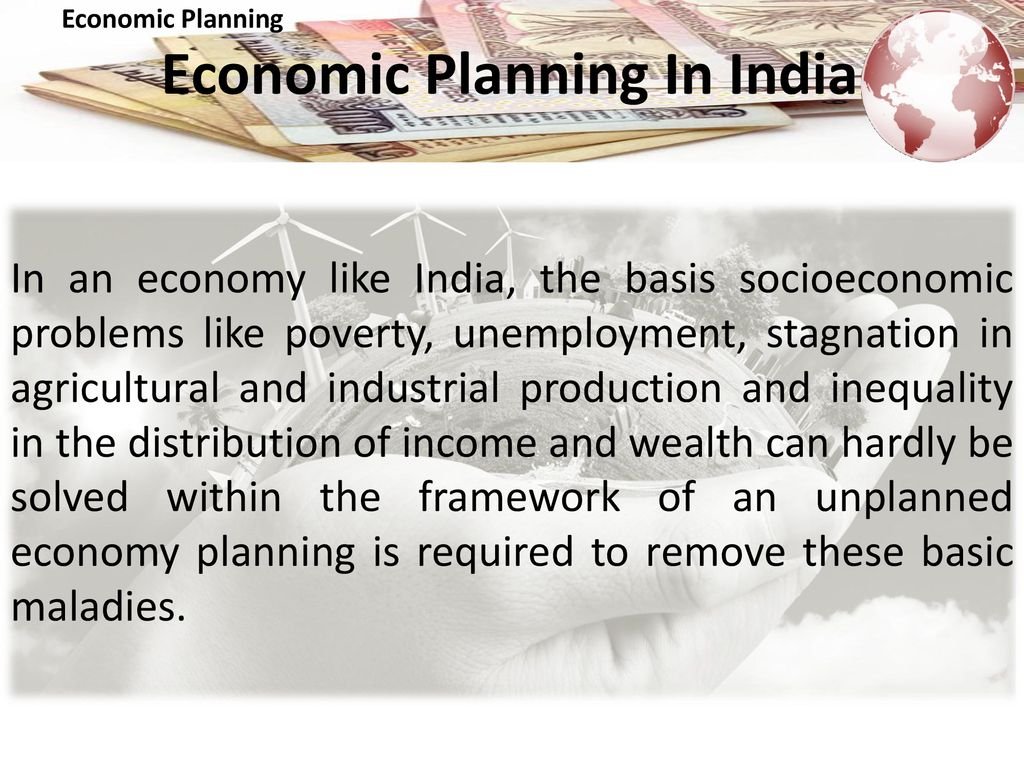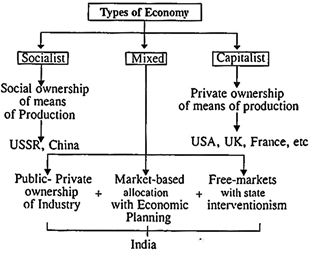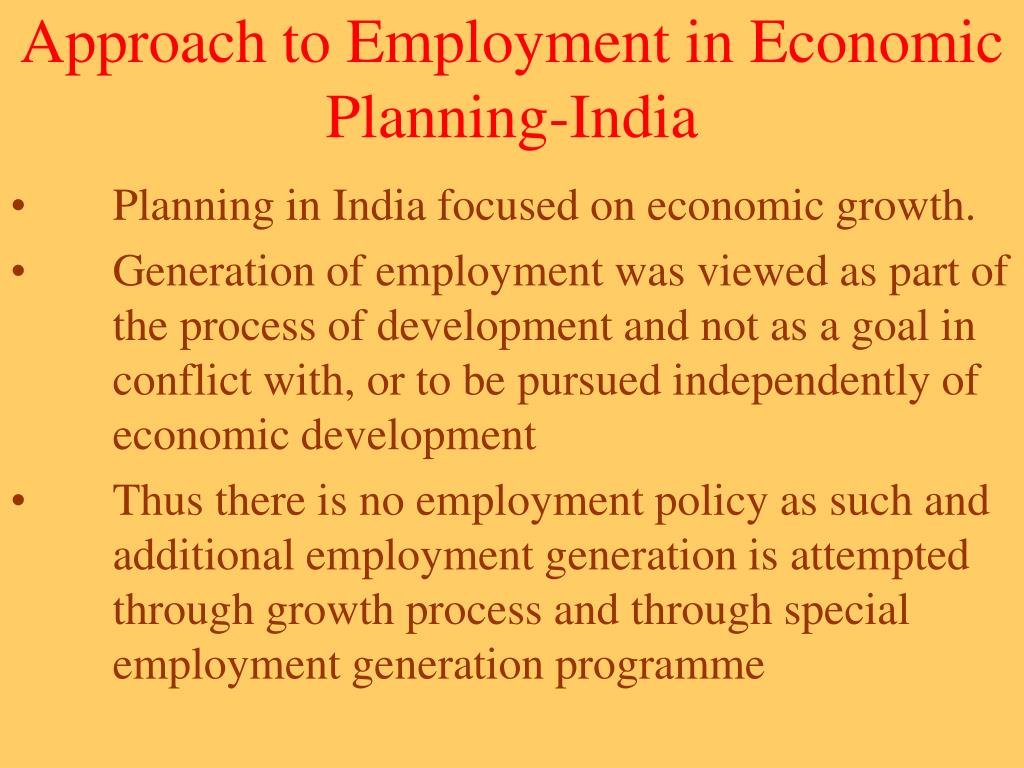Departures from the Mahalanobis Strategy of Development Strategy in India
Introduction:
In the early years post-independence, India set sail on a unique development strategy journey guided by the Mahalanobis strategy. Crafted by the visionary economist P.C. Mahalanobis, this approach aimed at achieving self-sufficiency through industrialization and a planned economy. However, as the winds of time have shifted, India finds itself making departures from the once-predominant strategy. This blog post explores the reasons behind these shifts and the implications for the nation’s development trajectory.
Table of Contents
Unveiling the Mahalanobis Strategy:
The Mahalanobis strategy, formulated in the 1950s, emphasized the role of the public sector in spearheading industrial development. It envisaged a planned economy where the state played a pivotal role in allocating resources and fostering strategic industries. The focus was on reducing dependency on imports and creating a self-reliant economy. However, in the 21st century, this approach faced challenges and critiques that propelled India towards new directions.

Globalization and Liberalization:
One significant departure from the Mahalanobis strategy is the embrace of globalization and liberalization. In the early 1990s, India undertook sweeping economic reforms, dismantling trade barriers and opening its doors to foreign investment. This departure marked a paradigm shift towards a more market-oriented economy, fostering competition and efficiency. The move aimed at integrating India into the global economic landscape and leveraging international markets for growth.
Technology as a Catalyst:
Another departure is the increasing reliance on technology as a catalyst for development. The Mahalanobis strategy was conceived in an era where heavy industries dominated the economic landscape. Today, technology-driven sectors, such as information technology, e-commerce, and biotechnology, have become key players in India’s development narrative. This departure signifies a shift towards a knowledge-based economy, acknowledging the transformative power of innovation and digitalization.
Diversification of Development Goals:
The Mahalanobis strategy primarily focused on heavy industries and infrastructure development. However, departures are evident in the diversification of development goals. In contemporary India, there is a growing emphasis on sectors like healthcare, education, and sustainable development. This shift recognizes the importance of holistic progress, encompassing social, environmental, and economic dimensions.
Private Sector Dynamism
The Mahalanobis strategy entrusted the public sector with a predominant role in economic development. Today, departures are evident in the growing recognition of the private sector’s dynamism. Public-private partnerships are fostering innovation and efficiency in various sectors, promoting a collaborative approach towards nation-building. The acknowledgment of the private sector’s role marks a departure from the earlier state-centric model.

Challenges and Considerations:
While departures from the Mahalanobis strategy bring about positive changes, challenges also loom on the horizon. Income inequality, environmental sustainability, and regional disparities pose complex challenges that require nuanced policy responses. Balancing economic growth with social equity remains a critical consideration as India navigates this evolving landscape.
India’s departures from the Mahalanobis strategy reflect the nation’s resilience and adaptability in the face of changing global dynamics. Embracing globalization, leveraging technology, diversifying development goals, and recognizing the dynamism of the private sector signal a new chapter in India’s development narrative. As the nation charts its course through uncharted waters, a balanced approach that combines economic growth with social inclusivity becomes imperative for sustained progress.
Unveiling India’s Contemporary Development Strategy
In the labyrinth of progress, India is unfolding a new chapter with its modern development strategy. As the nation grapples with evolving global dynamics and internal aspirations, this blog post sheds light on the contours of this new strategy, examining its key pillars and the potential it holds for shaping India’s future.
Diversification and Inclusivity:
At the heart of the new development strategy is a commitment to diversification and inclusivity. Unlike previous approaches that singularly focused on specific sectors, the current strategy embraces a more comprehensive outlook. It recognizes the need to foster growth across various domains – from technology-driven industries to sustainable agriculture. This holistic perspective aims to ensure that the benefits of development reach every corner of the diverse Indian landscape.
Digital Leapfrogging:
A standout feature of the new strategy is its emphasis on digital leapfrogging. In a world dominated by technological advancements, India is leveraging the power of digitization to bridge gaps and catalyze progress. Initiatives like Digital India and the push for a cashless economy underscore the transformative role of technology in reshaping the socio-economic fabric of the nation. The goal is to empower citizens, enhance governance, and fuel innovation.
Sustainable Development:
As the global community grapples with environmental challenges, India’s new development strategy places a strong emphasis on sustainability. Departing from the conventional growth-at-any-cost mindset, the focus is on balancing economic progress with ecological responsibility. From renewable energy initiatives to sustainable urban planning, the strategy envisions a harmonious coexistence between development and the environment.
Global Collaboration:
In an interconnected world, India’s development strategy recognizes the importance of global collaboration. Unlike isolationist approaches of the past, the new strategy seeks to position India as an active participant in the global arena. Engaging in international partnerships, trade agreements, and collaborative research endeavors, India aims to harness the collective wisdom and resources of the global community for mutual benefit.
Empowering the Grassroots:
A departure from top-down models, the new development strategy places a premium on empowering the grassroots. Initiatives like Make in India and Start-up India reflect a commitment to nurturing local talent and fostering entrepreneurship at the grassroots level. This approach not only stimulates economic growth but also promotes a sense of ownership and pride among the diverse communities that constitute the Indian population.

Inclusive Education and Skill Development:
Education lies at the core of the new development strategy. Recognizing that a skilled workforce is the backbone of any thriving economy, there is a renewed focus on inclusive education and skill development. The goal is not just to produce graduates but to equip individuals with practical skills that align with the evolving demands of the job market, fostering a culture of lifelong learning.
Challenges and Adaptability:
While the new development strategy holds immense promise, challenges abound. Balancing economic growth with social equity, addressing regional disparities, and navigating geopolitical complexities require adaptive and nuanced policymaking. The success of this strategy hinges on the ability to learn from challenges, iterate approaches, and maintain a flexible stance in the face of uncertainty.
Conclusion:
India’s new development strategy signals a bold step into uncharted territory, guided by the principles of diversification, inclusivity, sustainability, and global collaboration. As the nation embarks on this transformative journey, the real test lies in the implementation of these principles on the ground. With a resilient spirit and a collective commitment, India stands poised to navigate the complexities of the future, charting a course that fosters progress for all.
Subsequent strategies need to consider sustainability and possible impacts. our page also provides similar info visit us Telkom University